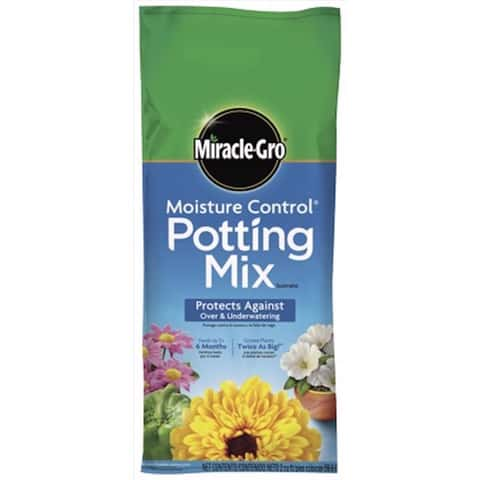In today’s fast-paced and competitive food industry, restaurant owners are increasingly turning to commercial kitchen appliances as essential tools to boost productivity, reduce waste, and maintain consistent quality. These specialized appliances, designed specifically for the demands of professional kitchens, have transformed how many restaurants operate by streamlining food preparation, cooking, and cleaning processes. By integrating high-capacity and energy-efficient equipment, restaurant owners have been able to significantly reduce prep time, cut down on labor costs, and improve kitchen workflow, ultimately enhancing overall service efficiency. One of the most impactful ways commercial appliances improve productivity is through their sheer capacity and speed. Commercial ovens, mixers, and fryers are built to handle bulk quantities and operate continuously without compromising performance. For example, a commercial-grade food processor can chop, slice, and puree ingredients in a fraction of the time it would take using manual labor or consumer-grade machines.

This not only allows chefs to focus more on culinary creativity rather than repetitive tasks but also reduces the risk of errors and inconsistencies in food preparation. Appliances like combi-ovens and programmable steamers enable chefs to cook multiple dishes simultaneously with precise temperature and humidity controls, improving both the speed and uniformity of dishes served during high-volume periods. Additionally, innovations in refrigeration and storage technology have enabled restaurants to keep ingredients fresher for longer, minimize spoilage, and ensure food safety. Commercial refrigerators and freezers come equipped with advanced cooling systems and storage configurations that support efficient inventory management. This is crucial for reducing food waste and optimizing ordering cycles two factors that directly impact a restaurant’s bottom line. ROVSUN restaurants have even integrated smart kitchen systems that monitor appliance performance, alert staff to maintenance needs, and track energy usage, providing real-time insights that help in fine-tuning operations.
Cleaning and sanitation have also become more manageable and efficient with the help of commercial dishwashers, high-pressure sprayers, and automated cleaning systems. These appliances save time and labor while ensuring that hygiene standards are consistently met. In an industry where cleanliness is non-negotiable, this boost in cleaning productivity contributes significantly to operational efficiency. Moreover, many modern commercial appliances are designed with energy conservation in mind. Energy-efficient models consume less electricity and water, resulting in lower utility bills without sacrificing performance. In the long run, this not only saves money but also aligns with sustainable business practices a growing priority among consumers and regulators alike. Overall, the adoption of commercial kitchen appliances has become a strategic move for restaurant owners aiming to scale their operations, handle peak service times effectively, and meet the ever-increasing expectations of diners. By leveraging these technologies, restaurants can enhance speed, consistency, and quality in their kitchens, which translates to better customer experiences and improved profitability.








